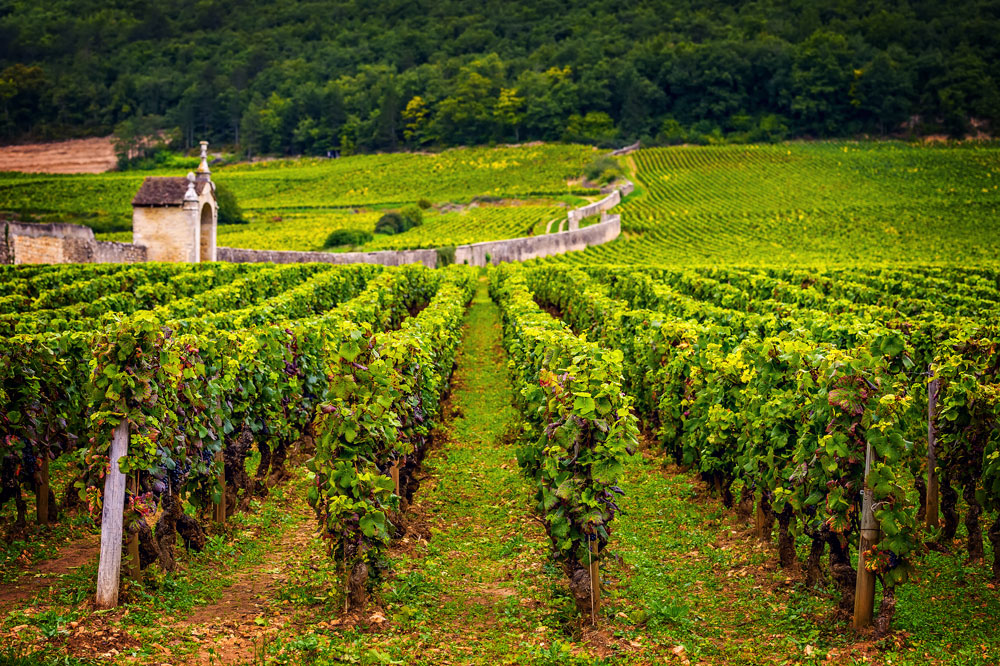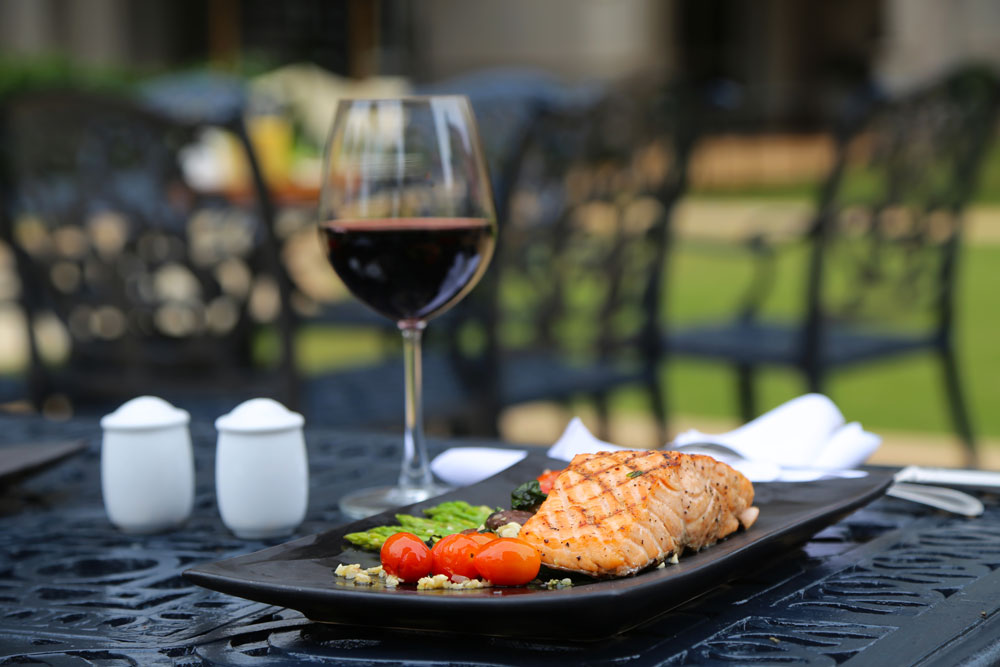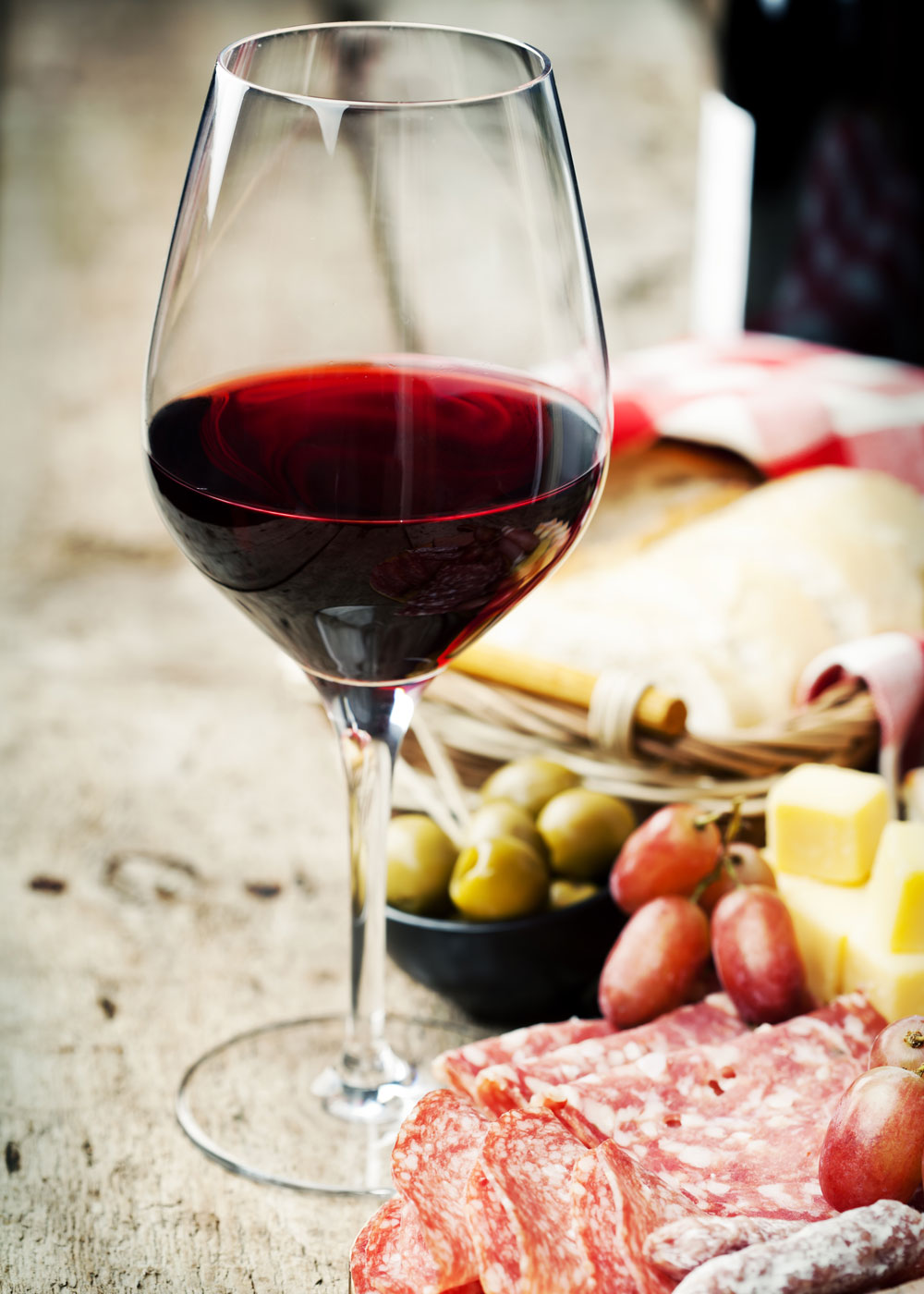When searching for a wine to give as a gift, there sometimes seem to be too many choices. Among the thousands of bottles available, which one will be the most meaningful? In my experience, great wine gifts are those that not only have a delicious flavor and sterling reputation but a great story, too, and few wines have a history as interesting as Châteauneuf-du-Pape. This post will give you some background on Châteauneuf-du-Pape that you can share along with your bottle at your next festive gift-giving occasion.

Overview
Unlike many familiar wines, Châteauneuf-du-Pape is not the name of a grape but is actually the name of a town in the Rhône Valley of France. The wines from Châteauneuf-du-Pape are made from a blend of a possible eighteen grape varieties – Grenache being perhaps the most common. Though white wines are also made here, the majority of wines from the area are red and feature a medium to full body with red and dark fruit flavors laced with notes of exotic spice.
History

The French ascribe much of the success of the local vineyards to the limestone-rich soil and large pebbles, or “galets,” which allow for ideal drainage and thermal mass. The economic success of the village was historically linked to the same ground on which it stood, and its vines grew. Before it was called “Châteauneuf-du-Pape,” the town was known as “Calcernier,” after the lucrative local limestone quarries.
At the beginning of the fourteenth century, the bishop of the nearby city of Avignon became Pope Clement V and moved the papal court from Rome to the Rhône Valley. This represented a staggering power shift in Europe, thereby enhancing the prestige and influence of France. Present-day Châteauneuf-du-Pape – meaning “new house of the pope” – was chosen as a place of residence since it was close to the seat at Avignon while providing peace, quiet, and exceptional wine. Thus, the wines of Châteauneuf-du-Pape, already well regarded, gained notoriety and exposure as the personal wines of the pope who associated with the wealthiest and most powerful people in Europe.

Over the next 67 years, seven legitimate popes enjoyed the residence and wines at Châteauneuf-du-Pape before the court was moved back to Rome. At that time, a split occurred in the church, with the popes in Rome vying for authority while several popes maintained a base in the Rhône Valley. Ultimately, the French side of that debate lost and have since been given the ignominious title “antipope.” Thus, Châteauneuf-du-Pape can claim the distinction of having hosted and supplied wine to seven popes and two antipopes.
After the devastation caused by phylloxera in the nineteenth century, Châteauneuf-du-Pape saw the introduction of rules for production in France that laid the groundwork for the modern-day AOC system. In an effort to salvage the quality and reputation of the area, requirements were put in place about which grapes could be used in the blends along with rules for how they could be made into wine. These regulations helped restore Châteauneuf-du-Pape’s distinguished reputation that it maintains to this day.
Pairing Suggestions

Châteauneuf-du-Pape is very versatile and pairs with many different types of cuisine. Its tannin and acidity allow it to complement fatty cuts of red meat, like steak, and it truly shines with game meats and lamb. The exotic spice flavors in the wine work beautifully with stewed or braised preparations. Vegetarian foods featuring a lot of spice can also work well, especially if they have some fat content. Consider Indian dishes like mattar paneer. Even seafood can be delicious with Châteauneuf-du-Pape, like salmon in a balsamic glaze or cod with tomatoes and basil.
The next time you find yourself in need of a gift and you’re feeling overwhelmed, find a bottle of Châteauneuf-du-Pape and prepare to wow your friend or loved one with a delicious bottle of wine paired with an interesting story.



